-
Insurance Discount
-
Ticket Dismissal
-
Drivers Education
- Fleet Training
- FAQs
- Blog

Stay informed on all things driving.
Featured
Car Insurance
Wondering why your auto insurance premium just went up? An insurance surcharge could be the reason. If you've recently received…

MOST RECENT
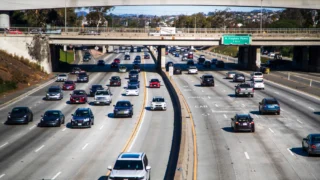
Key Takeaways CVC 22107 requires signaling and ensuring reasonable safety before any lane change Violation costs $238 base fine plus…
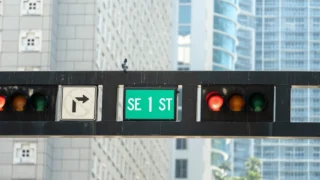
Red light camera tickets in Florida cost $158 initially, but ignoring them increases the fine to $262 and adds points…
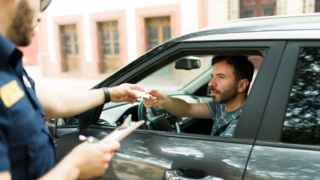
Key Takeaways: Speeding, red light violations, and illegal cell phone use are the three most common traffic tickets issued in…
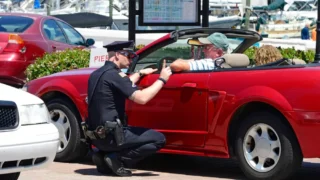
Key Takeaways: How to Dismiss a Traffic Ticket in Florida You have exactly 30 days to request a court hearing…
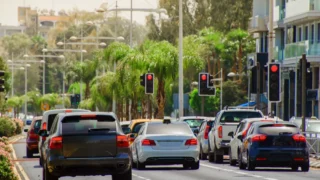
Key Takeaways Red light camera tickets cost $100-$500 total after fees and add one point to your driving record for…

Why You Shouldn't Brush Off a Traffic Ticket Life moves fast. A ticket arrives in the mail—or gets handed to…